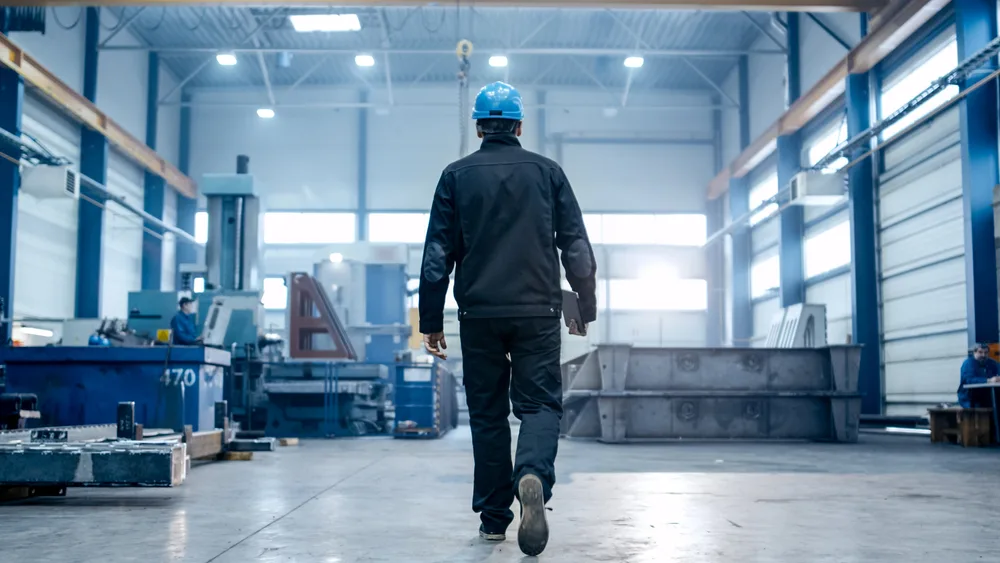Introduction:
Equipment such as boilers, pressure vessels, heat exchangers, and pressure piping is crucial across industries like hydrocarbons, chemicals, power plants, and pharmaceuticals. These components are designed to safely manage heat and hazardous liquids, making adherence to relevant laws, codes, and standards essential.
This course on the Understanding ASME Boiler & Pressure Vessel Code and B31 Pressure Piping Codes provides comprehensive coverage on material selection, stress analysis, fabrication, testing, inspection, and operation, along with a solid understanding of related codes and standards. Education methods generally reflect adherence to these standards.
Standards dictate appropriate practices and reference codes, enforced by jurisdictional bodies. Non-compliance can lead to serious safety issues, penalties, and even imprisonment. The International Boiler and Pressure Vessel Code (BPVC) and the B31 Piping Codes outline safety rules for designing, installing, and testing pressure systems. These codes are regularly updated to incorporate advancements in design, materials, and industry practices.
Objectives:
Participants in the Understanding ASME Boiler & Pressure Vessel Code and B31 Pressure Piping Codes course will:
- Understand the application of ASME codes, including when and how to use them.
- Gain in-depth knowledge of code requirements, including terminology and interpretation.
- Learn how codes apply across various industries and the processes involved in code selection.
- Recognize the role of engineering practices and experienced engineers in adhering to ASME standards for pressure vessels.
- Appreciate the importance of Due Diligence in design for ensuring responsible engineering decisions.
Training Methodology:
- Interactive Lectures
- Case Studies
- Code Interpretation Workshops
- Group Discussions
- Simulated Scenarios
Course Outline:
Unit 1: Introduction to Pressure Equipment and Piping and Associated Codes/Standards
- General engineering principles overview
- Design conditions and requirements
- Basic stresses and strains calculations
- Circumferential and axial stresses in cylinders and pipes
- Types of welding
- Procedures for encoding and standardizing
- Codes and standards organizations: ASME, ASTM, ISO, API, ANSI, EN
- Writing codes and standards: Consensus process
- Scope and limitations of codes and standards
- History and objectives of ASME
- Codes on Boilers and Pressure Vessels
- ASME B31 Code for Piping
- Cited standards: B16, API 510, API 570
- Bolted flange connections: PCC-1, PCC-2, PCC-3
- Material stresses as per ASME Code
- ASME Guidelines and brittle fracture
- ASME standards for post-construction activities
- Nomenclature for materials of construction
Unit 2: ASME Boiler and Pressure Vessel Code – Service Sections
- ASME BPV Code service sections II, V, IX
- ASME Section II – Materials (Ferrous and Non-ferrous)
- ASME Section V – Nondestructive Examination (NDE) scope and types
- Authorized inspectors and training
- Corrective Action Program Maintenance
- Preparation and approval of WPS and PQR
- ASME Section IX – Welding and brazing qualifications
Unit 3: ASME BPV Code – Design and Construction According to Section VIII Div 1
- Purpose and arrangements of Section VIII Div 1
- Design parameters and loading
- Weld joint efficiency and allowances for corrosion
- Design considerations for internal and external pressure
- Design of nozzles, flanges, and reinforcement of openings
- Materials for pressure vessels
- Welding details and heat treatment requirements
- Construction requirements, pressure testing, and inspection
Unit 4: ASME B31 Code for Pressure Piping – Part 1
- Overview of ASME B31 code for pressure piping
- Background and scope
- Overview of B31.1, B31.3, B31.4, B31.8
- Piping code selection responsibility
- Overpressure protection
Unit 5: ASME B31 Code for Pressure Piping – Piping Design as per B31.3
- Methodology and procedures for piping design
- Pressure integrity – internal and external
- Mechanical integrity – static and dynamic loads
- Specification and selection of piping components
- Expansion, flexibility, supports, and restraints
- Piping stress analysis and thickness calculation
- Flexibility analysis methods and software


















